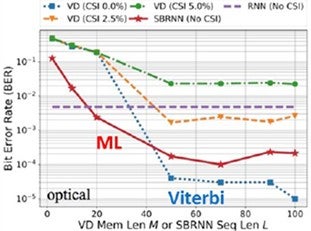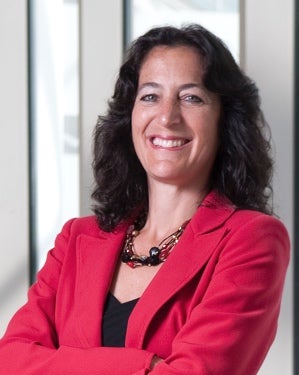Design and analysis of communication systems have traditionally relied on mathematical and statistical channel models that describe how a signal is corrupted during transmission. In particular, communication techniques such as modulation, coding and detection that
mitigate performance degradation due to channel impairments are based on such channel models and, in some cases, instantaneous channel state information about the model. However, there are propagation environments where this approach does not work well
because the underlying physical channel is too complicated, poorly understood, or rapidly time-varying. In these scenarios, we propose a completely new approach to communication system design based on machine learning (ML). In this approach, the design of a particular component of the communication system (e.g., the coding strategy or the detection algorithm) utilizes tools from ML to learn and refine the design directly from training data. The training data that is used in this ML approach can be generated through models, simulations, or field measurements. We present results for three communication design problems where the ML approach results in better performance than current state-ofther-art techniques: signal detection without accurate channel state information, signal detection without a mathematical channel model, and joint source-channel coding of text. Broader application of ML to communication system design in general and to millimeter wave and molecular communication systems, in particular, is also discussed.


Andrea Goldsmith is the Stephen Harris professor in the School of Engineering and a professor of Electrical Engineering at Stanford University. Her research interests are in information theory and communication theory, and their application to wireless communications and related fields. Dr. Goldsmith is a member of the National Academy of Engineering and the American Academy of Arts and Sciences, a Fellow of the IEEE and of
Stanford, and has received several awards for her work. She is author of the book ``Wireless Communications'' and co-author of the books ``MIMO Wireless Communications'' and “Principles of Cognitive Radio,” all published by Cambridge University Press, as well as an inventor on 28 patents. She received the B.S., M.S.and Ph.D. degrees in Electrical Engineering from U.C. Berkeley.

